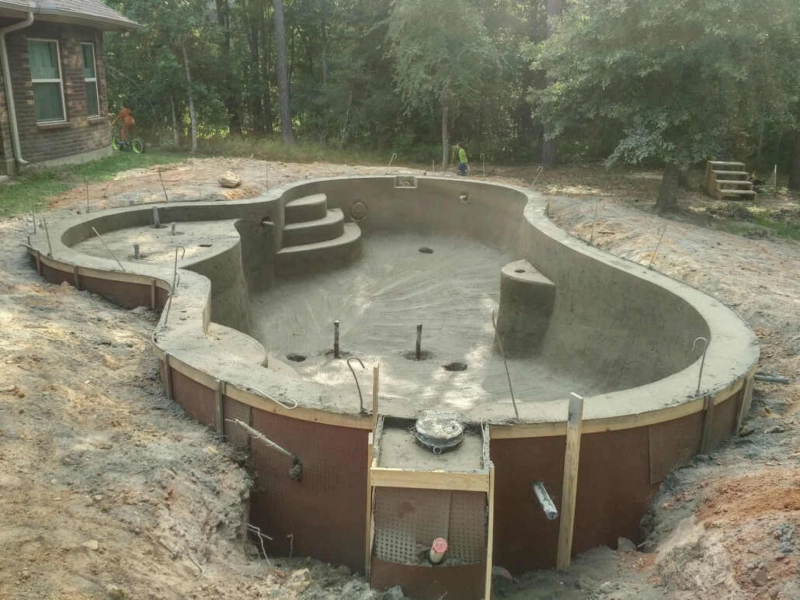Gunite is a popular construction material known for its strength, durability, and versatility. It is commonly used in various applications such as swimming pools, tunnels, retaining walls, and even artistic sculptures. However, one question that often arises in construction projects involving gunite is, "How long does it take to shoot gunite?" In this article, we will delve into the timeframe of gunite shooting and explore the factors that influence its duration.
Gunite shooting involves the process of pneumatically applying a mixture of dry cement and sand, combined with water at the nozzle. The mixture is propelled at high velocity onto the prepared surface using compressed air. The result is a dense, durable layer that adheres well to various substrates. But how long does this process actually take?
The duration of gunite shooting can vary depending on several factors. Firstly, the size and complexity of the project play a significant role. Larger projects, such as large-scale swimming pools or extensive tunnel linings, naturally require more time to complete. The intricate details and features involved in the design can also add to the overall shooting time.
Secondly, the condition of the surface to be gunited is crucial. The surface should be properly prepared, cleaned, and free from debris. Any existing coatings or loose materials must be removed, and the surface may need to be moistened before gunite application. The time taken for surface preparation can impact the overall shooting duration.
Another factor to consider is the crew size and equipment used. A larger crew with more experienced gunite operators can work faster and complete the shooting process more efficiently. Additionally, the type and quality of the equipment utilized can affect the shooting time. Modern, well-maintained equipment can contribute to faster and smoother gunite application.
Weather conditions also play a role in the timeframe of gunite shooting. Extreme temperatures, high humidity, or strong winds can affect the drying and curing time of the gunite. It is essential to take these factors into account during the planning and scheduling of the shooting process.
It is important to note that each project is unique, and the shooting time will vary accordingly. However, on average, gunite shooting can take anywhere from a few hours to several days, depending on the aforementioned factors. It is recommended to consult with experienced gunite contractors or professionals who can provide a more accurate estimation based on the specific project requirements.
In conclusion, the timeframe of gunite shooting is influenced by various factors, including project size, surface condition, crew size, equipment quality, and weather conditions. Understanding these factors and their impact on the shooting process is crucial for effective project planning and scheduling. By considering these aspects and consulting with experts in the field, construction professionals can ensure successful and timely gunite applications in their projects.



